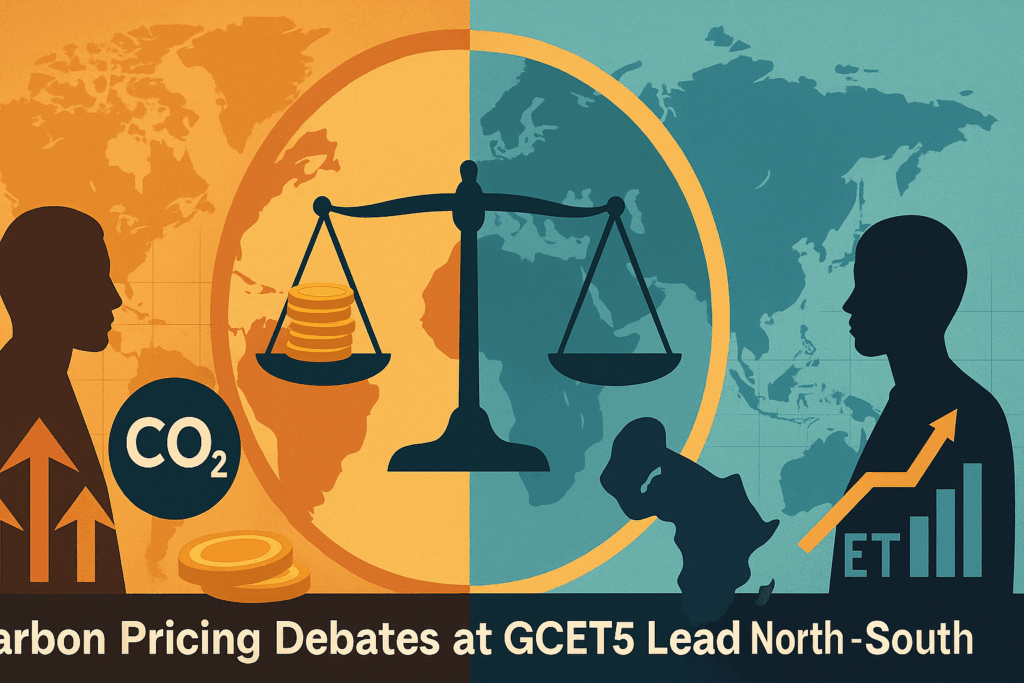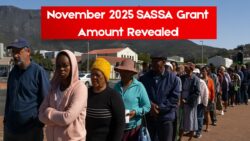The 25th Global Conference on Environmental Taxation (GCET25) in Stellenbosch placed carbon pricing at the center of a pragmatic conversation between the Global North and South. Policymakers, economists, lawyers, and industry leaders compared real-world approaches—carbon taxes, emissions trading systems (ETS), and hybrid models—through the lens of equity, competitiveness, and a just energy transition. The outcome: a clearer roadmap for designing carbon prices that cut emissions while protecting jobs, households, and export markets.

Why Carbon Pricing at GCET25 Matters
Carbon pricing is a cornerstone of climate policy, but its success depends on design choices and local context. Delegates explored how rate setting, coverage, and revenue recycling affect affordability and political durability—especially in emerging economies facing energy and inequality challenges.
North–South Priorities Aligned
- Fairness & Inclusion: Pair carbon prices with targeted support—lifeline tariffs, cash transfers, and skills programmes for vulnerable groups.
- Competitiveness: Address carbon leakage through transitional reliefs, export rebates where permitted, and technology adoption support for trade-exposed sectors.
- Reliability: Predictable price paths and legally anchored frameworks build investor confidence for renewables, storage, and efficiency.
Design Choices Under Debate
Sessions compared carbon taxes (simplicity, fiscal certainty) with ETS (quantity control, market flexibility). Many jurisdictions move toward hybrid approaches—tax floors for stability plus trading for cost minimization. Delegates also weighed border instruments like CBAM and regional linkages that could scale ambition without undermining development goals.
Revenue Recycling That Works
- Households: Targeted rebates and transport vouchers offset short-term price impacts.
- Workers & SMEs: Transition funds for reskilling, efficiency upgrades, and concessional finance.
- Power Sector: Earmarks to accelerate grid reform, storage, and clean baseload options.
MRV & Data: The Compliance Backbone
Robust monitoring, reporting, and verification (MRV) emerged as non-negotiable. Product-level footprints, digital reporting, and accredited verification help firms meet domestic rules and international demands, including CBAM readiness for exporters.
Action Checklist for Policymakers & Industry
- Publish a multi-year price path and review triggers.
- Launch equity measures before price hikes land on households.
- Fund grid upgrades and energy access to avoid regressive impacts.
- Build a sectoral MRV stack with verifiers and product benchmarks.
- Co-create policies with business and labor to secure buy-in.
Bottom Line
At GCET25, carbon pricing moved from theory to implementable practice. By centering fairness, competitiveness, and credible data, the North–South dialogue outlined how countries can price carbon—and use the proceeds—to deliver cleaner power, resilient industries, and inclusive growth.




